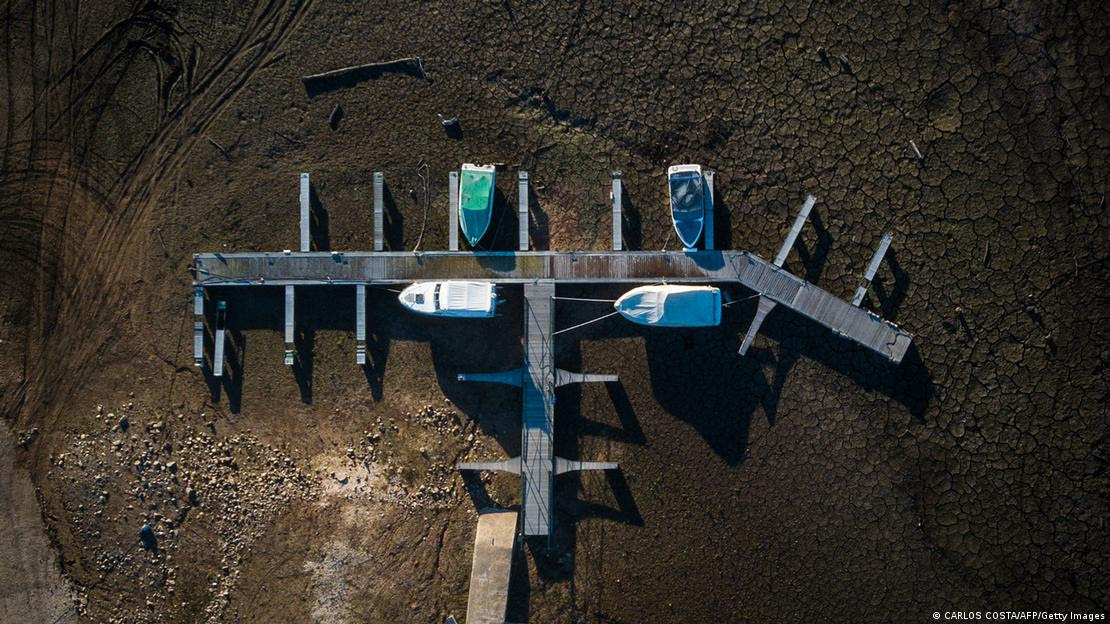All climate models agree that climate change is altering the water cycle, and scientists are also warning that the water crisis could be much worse than expected in many parts of the world. In France, for example, the Bureau des recherches géologiques et minières reports that groundwater levels are already at worrying levels in several regions, implying that the underground situation will be worse in 2023 than in 2022 and could get even worse if rain does not return in abundance.
Researchers from the Technical University of Vienna in Austria have published results that confirm the critical situation above ground. The impact of climate change on the availability of water resources in many parts of the world is worse than previously predicted by models.
This impact, well documented at the global level of the atmosphere, remains difficult to predict at the local level, on rivers and water resources, even if some stations have already made it possible to study the link between precipitation, temperatures and water availability.
However, it is not possible to draw global conclusions from these local observations because the water balance of a basin depends on external variables that vary from one place to another, including the role of vegetation. It is therefore difficult to set up a simple physical model to calculate the different interrelationships around the world. The researchers analyzed data from more than 9,500 watersheds around the world, sometimes going back decades to see how water availability has changed over time, while external conditions have also changed.
This information also provided insight into how changing climatic parameters have affected local water availability. The researchers were surprised to find a much stronger link between precipitation and the amount of water in the rivers than predicted by climate models. One of the reasons given for this discrepancy is that the models used to predict climate change did not take into account runoff measurements.
The study from the Technical University of Vienna concludes that the impact of climate change on water supply in many parts of the world may have been underestimated, especially in Africa, Australia and North America. In these regions, the new calculations show a much higher risk of water supply from 2050 onwards than that defined by the models so far.



Comment here